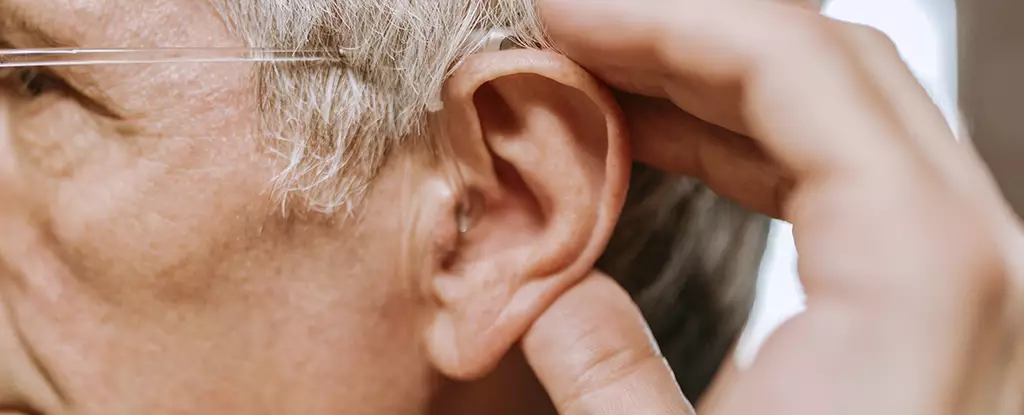In the quest to unravel the intricacies of human hearing, researchers from Yale University have made notable strides in understanding how the inner ear discerns the faintest of sounds. Their exploration reveals new insights about the cochlea—an essential component in our auditory system—and how it adeptly manages sound waves, particularly low-frequency signals.
Physicist Benjamin Machta and his team approached this complex challenge with a foundational question: how does the ear fine-tune itself to pick up delicate sounds without devolving into instability? This inquiry led them to an intriguing discovery concerning the cochlea’s capabilities. Their investigation utilized mathematical models to analyze the cochlea’s behavior, uncovering an array of low-frequency mechanical modes that seem integral to its function.
The cochlea operates via a surprisingly intricate mechanism, engaging tiny hair cells situated within its membrane. These cells are essential for sound transduction; they respond to vibrations that correlate with varying frequencies. When sound waves enter the ear, they instigate a series of vibrations across the cochlea, causing the hair cells to activate and transmit electrical signals to the brain. Understanding the nuances of this process is vital, as these signals inform our auditory perception of the environment.
As sound waves traverse the cochlea, they can lose intensity, leading to a weakening of the auditory signal. Historically, it has been recognized that specific patches of cochlear hair can amplify these vibrations through synchronous “kicks.” However, Machta’s team revealed that the cochlea employs a broader mode of operation where many more hair cells work in unison—an adjustment that enhances the ear’s ability to filter noise while retaining essential sounds.
This new perspective illustrates the cochlea’s dual-action mechanism: it can respond to sound vibrations either in a focused or a wider spatial context. The research indicates that larger sections of the basilar membrane—particularly sensitive to lower frequencies—can coalesce to function as a unified system. This unified action serves to modulate incoming vibrations effectively, shielding the auditory system from becoming overwhelmed by louder, higher-volume sounds.
The study’s findings are groundbreaking, as they enrich our understanding of cochlear dynamics and their role in achieving auditory balance. The newfound awareness of low-frequency modes suggests an expansive territory for future inquiry into how these mechanisms function. Isabella Graf, a theoretical biophysicist involved with the research, emphasizes that continuing to explore low-frequency hearing could lead to tremendous advancements, especially considering that human hearing captures sounds within the 20–1000 Hz range.
Understanding how the cochlea regulates its internal environment can also have broader implications. For instance, clarity about cochlear function might illuminate why specific hearing impairments arise and how they can be addressed. Gaining insight into low-frequency hearing capabilities could be particularly transformative, furthering efforts to develop effective treatments for various auditory disorders.
The insights gleaned from this Yale University research not only deepen our knowledge of the cochlea’s intricate mechanisms but also pave the way for potential advancements in hearing science. By highlighting the cochlea’s ability to manage sound waves through a combination of local and collective responses, researchers foster a more comprehensive understanding of how the ear attunes itself to detect and process sounds amidst noise.
As we continue to explore the complexities of our auditory system, studies like this serve as a reminder of the innovative potential that lies within the human body, transforming how we perceive the world around us. The pathway to broader auditory knowledge is filled with uncharted waters, promising groundbreaking discoveries that can enhance the quality of life for those affected by hearing loss. The ear, it seems, is not merely a receiver of sound; it is an intricate conductor, orchestrating the symphony of sensory input that defines our auditory experience.


Leave a Reply